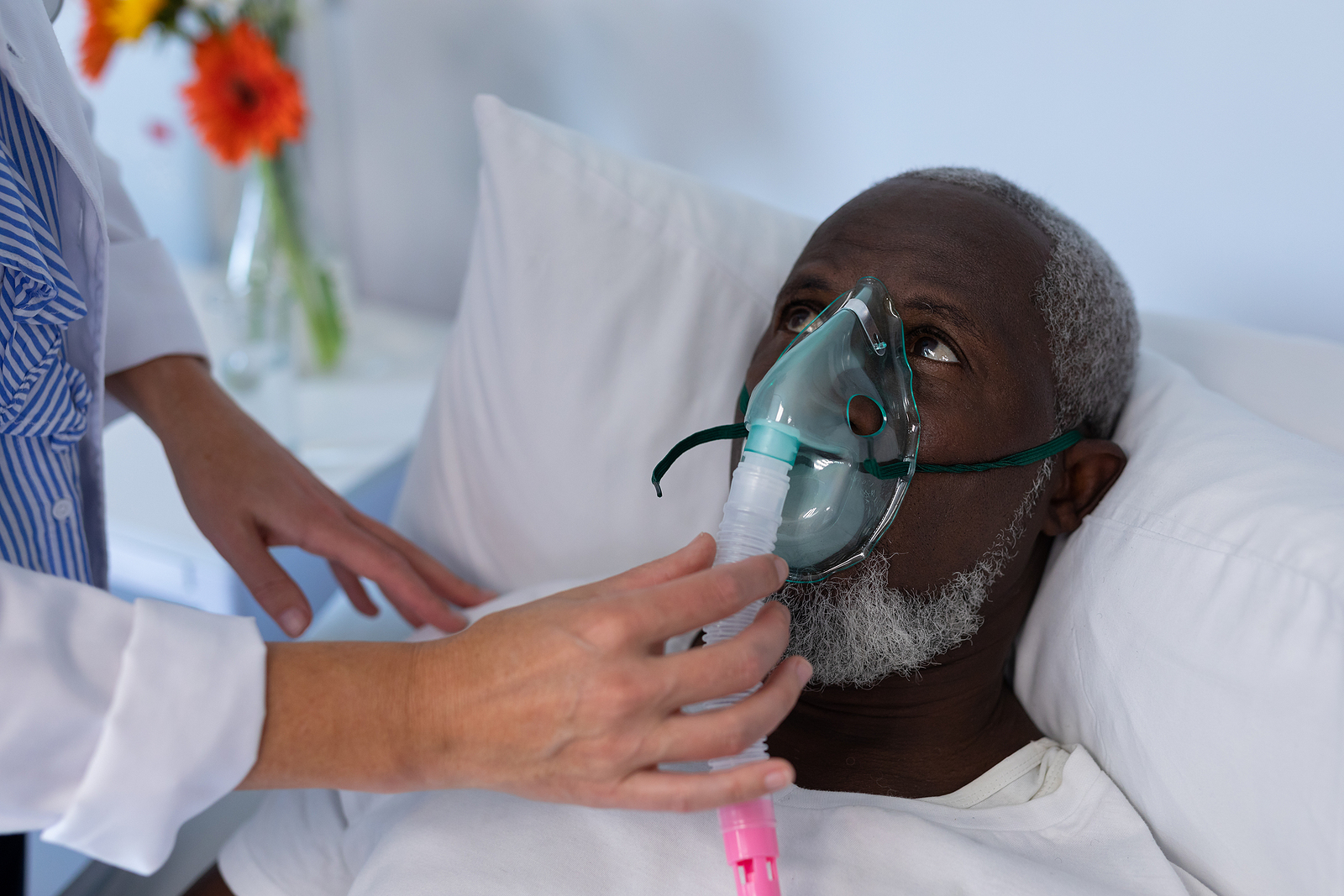Newsletter 2021
Newsletter April 2021: The NECTARINE study
Nicola Disma
The results of NECTARINE, a CTN granted in 2015 by ESAIC, are finally published in the British Journal of Anaesthesia. Two sister publications, both on the principal outcome, have been accepted for publication in the BJA: one on critical events and risk factors, the second on difficult tracheal intubation.
NECTARINE CTN is a prospective, observational, international cohort study on neonatal and infant anaesthesia. It was designed to determine the incidence of interventions performed in response to a list of predetermined severe critical events occurring during anaesthesia. Neonates and infants included in NECTARINE were followed for 90 days after anaesthesia for morbidity and mortality.
165 centres from 31 countries took part in the NECTARINE CTN collecting data on 5609 patients undergoing 6542 procedures. The mean age of the included patients was 2 months of life, with an average weight of 4 kg. Results highlighted that one-third of children undergoing anaesthesia needed a treatment to correct at least one severe critical event, with cardiovascular instability being the most frequently reported. Afterwards, one or more complications were observed in about 16% of these patients during the 30 days of follow-up, and the overall mortality during the 90 days of follow-up was 3.2%.
NECTARINE represents the first large dataset focused on a very fragile population: neonates and infants up to the age of 60 post-menstrual weeks (around 5 months of age) undergoing anaesthesia. This is a special population, known to be at increased risk for perioperative complications and high morbidity and mortality. Nectarine shed the light on specific risk factors predicting the occurrence of complications during and after anaesthesia.
NECTARINE CTN represents another achievement for the paediatric anaesthesia community in Europe, after the APRICOT CTN. It has been a very long journey between the time the protocol was granted by ESAIC in 2015 and the time of publication in 2021. This is due to several reasons. First of all, having all the participating centres ready for recruitment after obtaining their local IRB/Ethics approval took about one year, and then the recruitment window of 3 months was opened in 2016. Then, the following two years were spent on two rounds of data cleaning, a huge and complex task. In 2019 the database was ready and exported for statistical analysis, and results interpreted for publication. However, when the manuscript was ready for submission, the Covid-19 pandemic was at its peak and resulted in difficulties in getting the study published as all Journals gave priority to manuscripts related to the pandemic. However, thanks to our perseverance and the help of our statistician (K. Virag) the main article is ready for publication in 2021 in the British Journal of Anaesthesia.
As principal investigators of the NECTARINE CTN, we learned several lessons, some beyond the scope of pure science. First, to get a multicentre and international study published was a big challenge, with opportunities and difficulties encountered on the way. They were times of enthusiasm when many centres accepted to be part of the network or the expected sample of 5,000 patients was achieved and even exceeded. Second, it was frustrating to spend months cleaning the data and prepare the database for statistics. The lessons learned will help to improve the design of future studies. However, the mission remained always the same: provide new evidence that can improve the quality and safety of neonatal and paediatric anaesthesia.
Despite the long journey, NECTARINE represents another enormous success. With APRICOT first and Nectarine immediately after, the Paediatric Anaesthesia Research Network is well established and can serve as a base for future collaborations. The Network is accessible to anyone interested in running a project on a large scale, and it represents a priceless resource.
Thank you all for the hard work and congratulations to all the Investigators for making this project another great success.
Read our Monthly newsletter.
Read More of our special newsletter covering our virtual congress.
Visit our COVID-19 Resource Hub for other news and resources.










